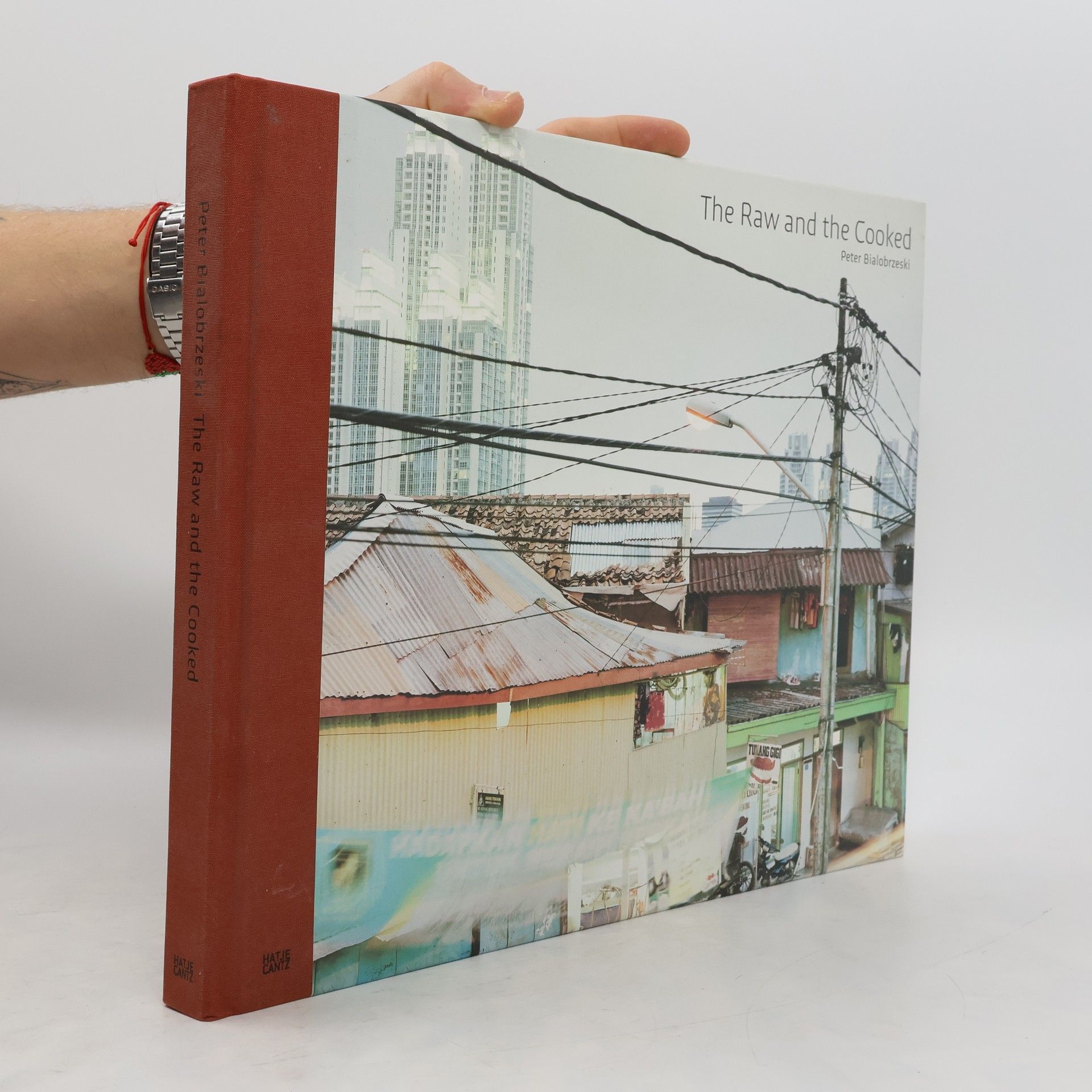Nail houses or the destruction of Lower Shanghai
- 116pages
- 5 heures de lecture
During his travels through China, Peter Bialobrzeski was fascinated by the so-called nail houses. Surrounded by tall, newly constructed buildings, these houses have been earmarked for demolition, but their owners resolutely refuse to vacate. In his thought-provoking series the artist photographs these isolated structures, often in the evening hours, when the brightly lit interiors convey the domestic comfort that these homes provide for their owners, despite all the cracks in the walls. Peter Bialobrzeski (* 1961 in Wolfsburg) uses his camera to offer these renitent structures moral support. Following the publication of Case Study Homes and Informal Arrangements, this striking series completing the Habitat trilogy poses uncomfortable questions to the viewer. It also emphatically underscores the fundamental right of every human being to a home and sense of security.



